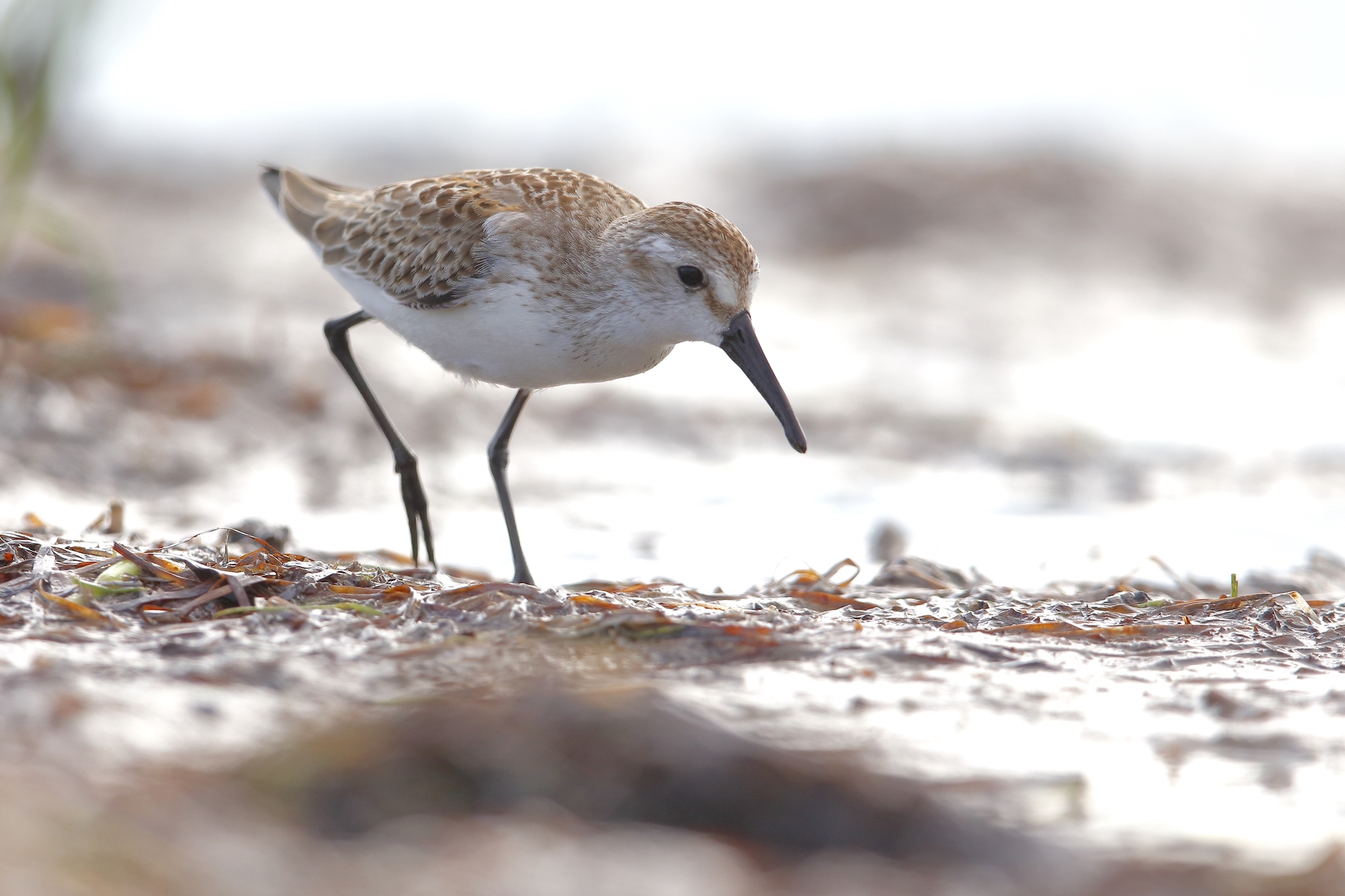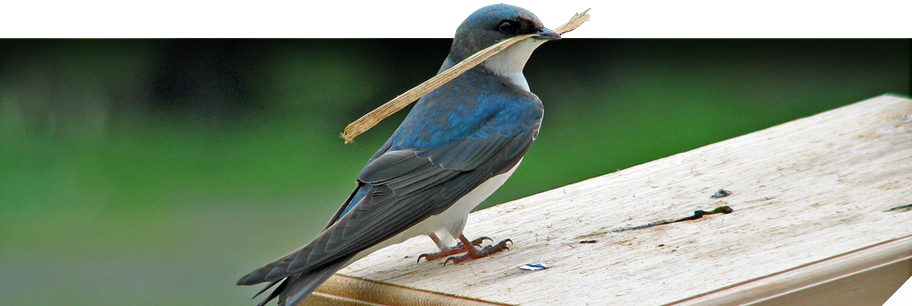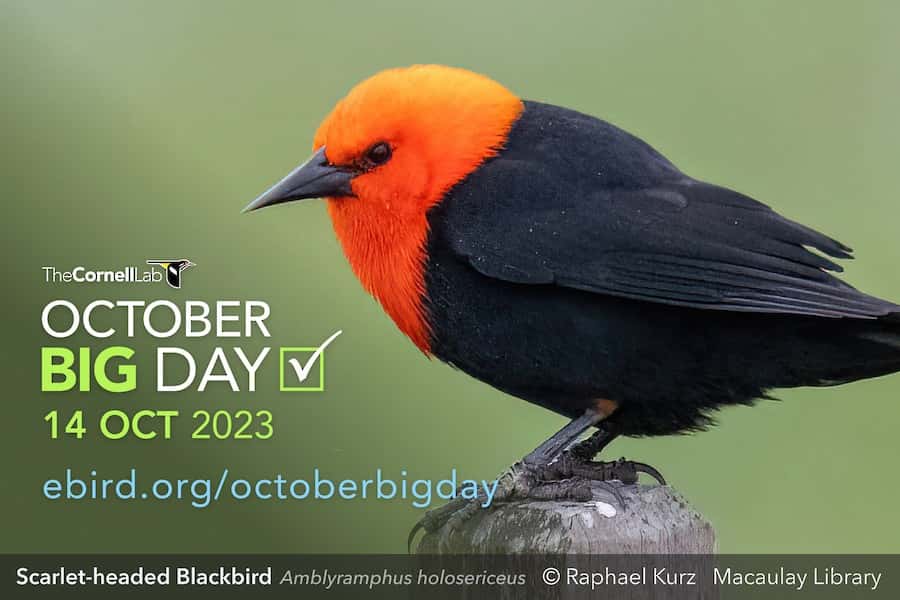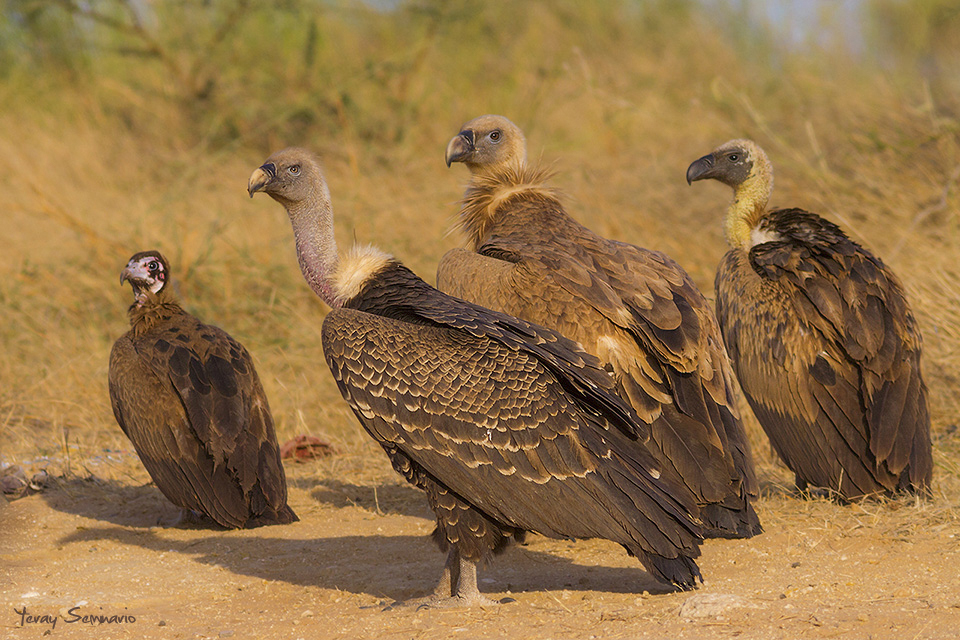So, reader, when was the last time you went birdwatching?
Not chasing some mega rarity.
Not scanning flocks of shorebirds in search of some species that, according to conventional thinking, shouldn’t be there.
Just watching birds for the delight it brings. It is my favorite brand of bird study, and increasingly, it is the only form of bird study I practice: just good old-fashioned birdwatching.
Having survived my own avocational adolescence (my listing/chasing growth spurt), which was (I confess) arrested for many years, I find myself of late simply watching birds as I did in my youth, for pleasure and insight. Massed Purple Martins in August: mesmerizing. Hunting Short-eared Owls in January: fascinating. Feeding House Sparrows year-round: all grist for my bird-appreciating mill.
Last May, I went to the Heislerville impoundments in southern New Jersey almost daily to study the foraging techniques of Least, Semipalmated, and White-rumped Sandpipers. Leasts like to keep their feet dry, Semis favor wet mud, and White-rumpeds feed right up to the gunnels in shallow water.
You want to find a White-rumped? Look to the wetter side of the flock.
My favorite shorebird-viewing vantage point offered drive-up proximity to birds and windows-closed protection from the clouds of no-see-ums that infest Heislerville when the wind falls.
Not too many years ago, I did not have the latitude to engage in such leisurely study. My Mays were indentured to the frenetic need to scout out species to tie down for our World Series of Birding big day run. Heislerville in those days was our primary stop for (possibly) Curlew Sandpiper, White-rumped Sandpiper, plus (hopefully) Lesser Yellowlegs. All those thousands of Semipalmated Sandpipers I enjoy today just got in the way of serious scanning. Now I relish the feeding flock as the apex birding gift of the season.
One day last May, I noticed a clot of birders crowded around a phragmites-encased pool about 50 yards from my vantage point. It was evident they were searching for something. Noting my interest in shorebirds, one of the group sidled up to my door to inform me I was looking in the wrong spot. “The Little Stint,” he advised, favored the small pool where the crowd had gathered. I thanked him for his guidance and went back to studying sandpiper behavior. Surprised by my nonchalance, the gentleman concluded I did not appreciate the significance of his disclosure, explaining that a Little Stint was a Eurasian sandpiper “rarely found in North America.”
“Yes,” I agreed, “thanks for the tip.” I might have added, but didn’t, “I’ve seen them on four continents, including this one.”
There was a time (and not long ago) when I might have raced to see the stint, but now, I find it more gratifying to find my own birds. Chances were the stint would eventually wander to the pool I was studying anyway. Besides, I much prefer to see bird species within their normal range than to seek out the odd wayward peep with an inner ear disorder.
I’m perfectly content watching the feeding behavior of home-grown sandpipers and how their technique differs from the Semipalmated Plovers among them. Plovers walk, stop, pick like robins. Sandpipers feed and probe on the run, frantic for the next marine worm. As the tide covers the flats, more and more birds swarm into the pools, and the volume of feeding birds increases (as do territorial squabbles). The sound of feeding sandpipers is soothing, soulful, and their indifference to my presence endearing. And it is not as if my leisurely study will just go on and on. By June, the feeding throngs will be gone, apportioned across the Arctic where they breed, and the curtain will fall upon my study of shorebirds. In summer, my interest will fall upon the next gift of the season: Clapper Rail chicks navigating paths as thin as a rail or Barn Swallows making cookie-cutter patterns over nest-pocked platforms. Then, come July, Ma Nature starts serving up southbound dowitchers that probe the flats with metronome regularity. It’s mesmerizing and affirming.
A couple of decades ago, I had a conversation with a California birder, a retired physician and one of the architects of modern birding. His life list was way up in the nosebleed section. He assessed his life of chasing and listing this way: “Well, I’ve seen them all. But now I want to go back and see them all again, and this time really enjoy them.” He was already in his 80s; I hope he got his wish.
Me? I cannot count on the opportunity to see them all over again, so I strive to “really enjoy” every bird I see the first time. Every encounter is unique and presents the opportunity to learn some new facet of the bird’s life (no matter how common it may be or how many times I may have seen one).
This existential focus was best expressed by my friend Steve Ingraham, who, when apprised that the bird the group was trying to get a look at was a robin, exclaimed with exaggerated glee: “That’s a life bird for me.”
“You’ve never seen a robin?” an incredulous member of the group challenged.
“I’ve never seen this one,” Steve explained mildly.
Well said, Steve. Bravo!
I had a somewhat related encounter with a birder in Cave Creek, Arizona, one day while being enchanted by a Painted Redstart, an Arizona specialty. Noting my attentiveness, a local birder approached and asked whether I “had” the redstart?
I’m looking at one now, I replied. “No, not Painted Redstart,” she admonished, making clear that she referred to an American Redstart that been reported.
“Sorry,” I replied, “it appears the universe serves up Painted Redstarts here today. If you want to see an American Redstart, I’d try northern New Jersey. We grow them there.”
Yes, I was being obtuse, and she went off in search of the wayward redstart. I hope she was successful and as gratified by her redstart as I was with mine, a designer bird that I first aspired to see way back in my youth when, given my circumstances, a trip to Arizona seemed as likely as a trip to the moon.
Now on to the Red-faced Warbler, another Arizona specialty worth savoring.
So, I’m anti-listing? Heavens no. That would be as silly as being anti-baseball cards. What I am is pro birdwatching. Try it.
This article appears in the May/June 2023 issue of BirdWatching magazine.
Read more columns by Pete Dunne
Read our newsletter!
Sign up for our free e-newsletter to receive news, photos of birds, attracting and ID tips, and more delivered to your inbox.



